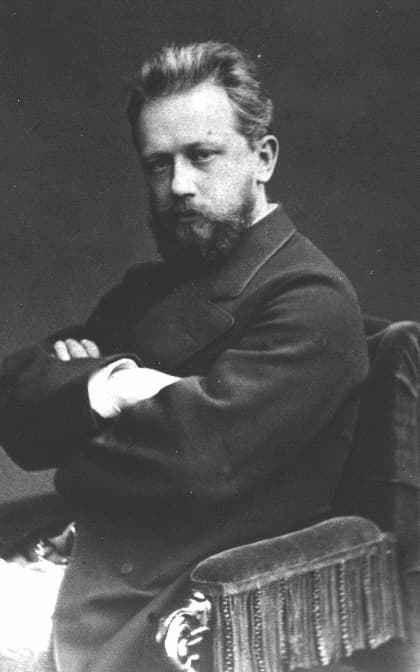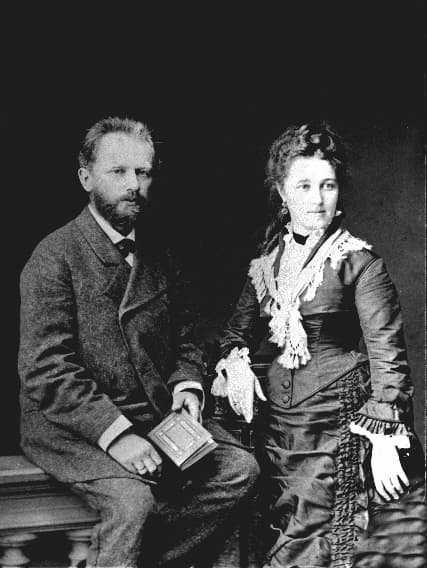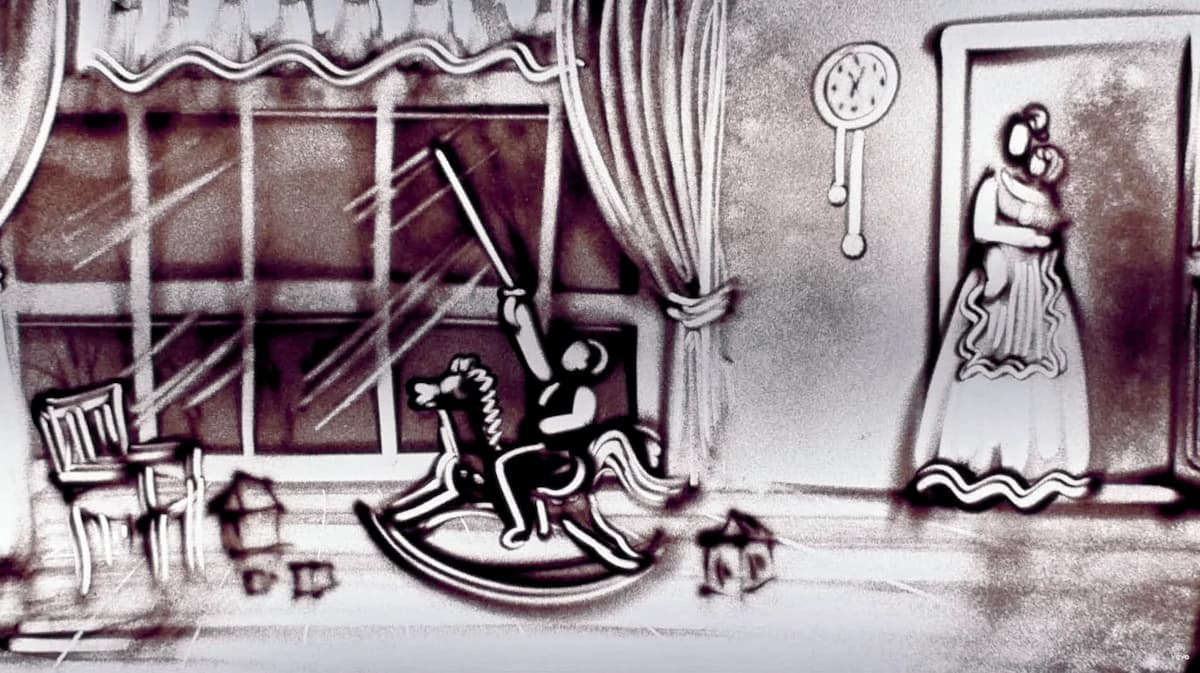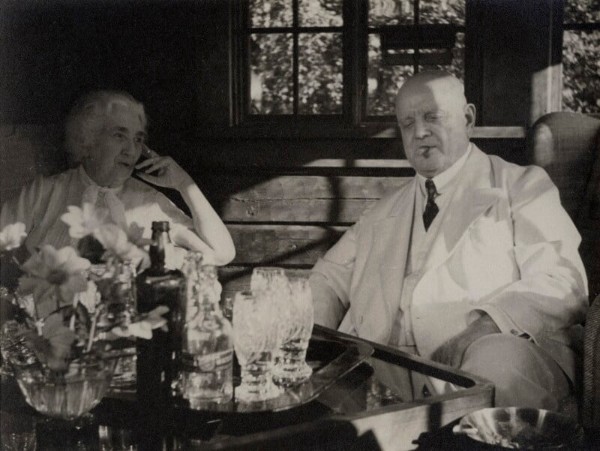Life for Tchaikovsky in the late 1870s was fraught: his short-lived marriage was disintegrating, his suicide attempt was unsuccessful, and his doctor looked at his nearly mad patient and ordered him off to the countryside for a complete rest. Financial support from Nadezhda von Meck removed another worry and she also offered the use of her house at Brailov for his escape.

Tchaikovsky in 1874

Tchaikovsky in 1877 with his wife Antonina
Musically, Tchaikovsky had just finished Eugene Onegin and his Fourth Symphony by the beginning of 1878 and wasn’t in the mood for another large work. He proposed a collection of small piano pieces for children to his publisher and his publisher was delighted. He knew how popular Schumann’s work of the same kind, completed in 1848, had been.
Tchaikovsky began work on the piano collection in February 1878 and was finished with the 24 pieces by May – the work was a commercial success. Using Schumann’s work from 30 years earlier as a model, Tchaikovsky created a piano album that wasn’t too technically demanding for a young player and that had works that varied in character and expression. There are many Russian elements in the work, but it also reflects Tchaikovsky’s international outlook. We have crisp Russian mornings, games in the playroom, dances from Russia and Bohemia, and songs from Russia, France, Germany, and Italy. There’s something for every level of amateur player, and titles that engage the imagination.
This has been taken up by pianist Mikhail Mordvinov and sand artist Polina Sayfudinova. The titles given to the pieces by Tchaikovsky are taken up by the artists – one on piano and one on glass.
For each artist, hand-work is important and, although we see the pianist and his hands, we only see the shadow of the sand artist’s hands as she shapes images. Skillful cutting as Ms Sayfudinova creates her work allows them to be finished within the brief time of each piece – most of the piano pieces are around 1 minute in length.

The Hobby Horse
There’s drama in the presentation – in No. 6, the little girl gets a new doll, but in No. 7, the doll has become ill and dies. No. 8, The Doll’s Funeral, calls a funeral march into being, an action that probably wouldn’t be part of a child’s world today, but which was certainly common in the 19th century.
The longest work is the beautiful No. 21, Sweet Dreams. The children lie in a comfy bed, with snow all around outside the window. As the video cuts between the picture and the pianist, we don’t need the artist to show us their dreams, we’re in the middle of them already. Here, the cutting back and forth between the image and pianist ties the two works together.
As the sand artist works with light and shadow to create her images, we realize that, for this music, it’s an ideal visualization. It’s a good way to introduce this music to children who want to play it because it provides another way for them to imagine what the music depicts. A child’s dreams in the 21st century may be very different from one in the 19th century, but at the core, playing in one’s imagination is still the same.
For more of the best in classical music, sign up to our E-Newsletter



